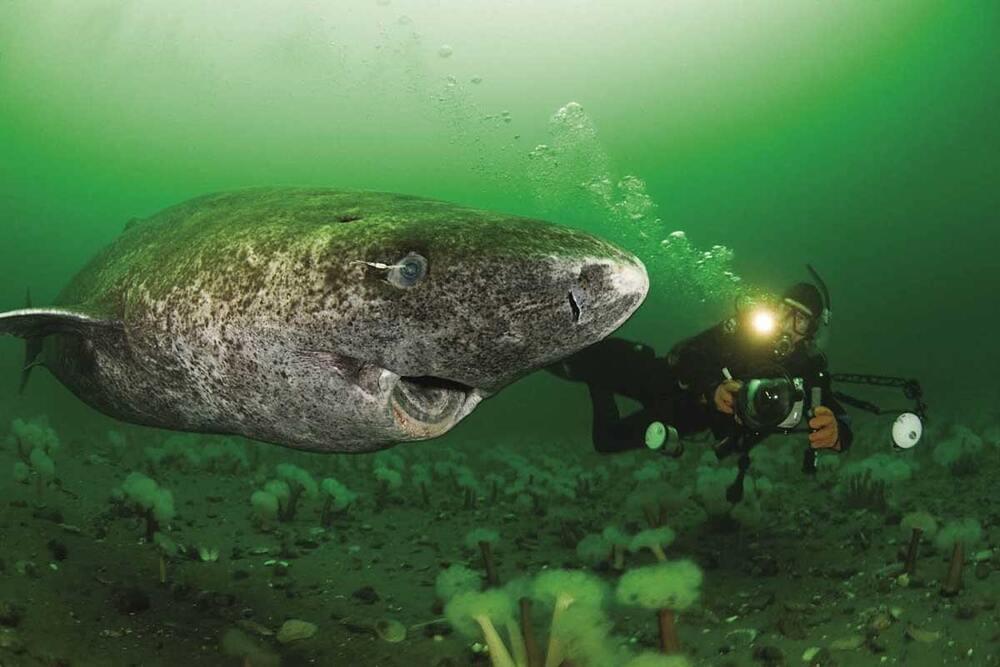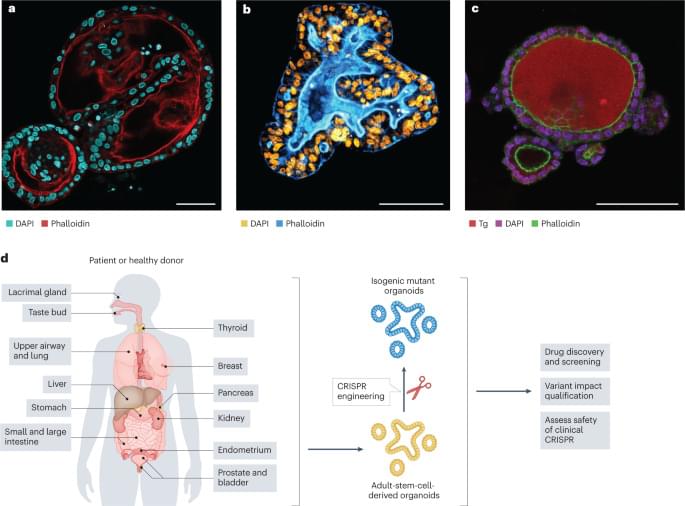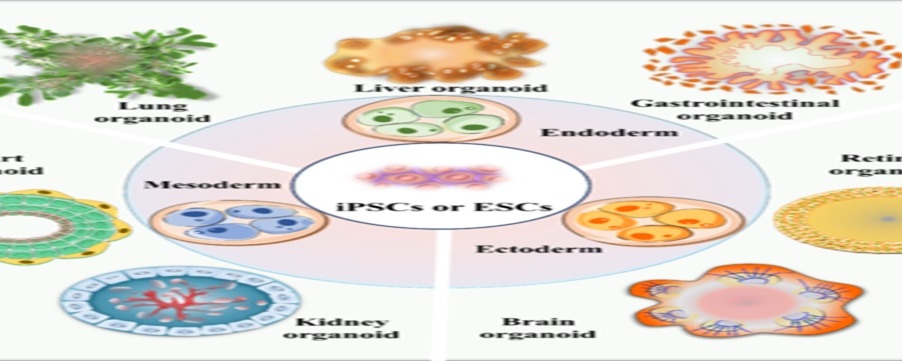Page 519
Jul 27, 2024
Models, metaphors and minds
Posted by Dan Breeden in categories: biological, computing, information science, life extension, neuroscience
The idea of the brain as a computer is everywhere. So much so we have forgotten it is a model and not the reality. It’s a metaphor that has lead some to believe that in the future they’ll be uploaded to the digital ether and thereby achieve immortality. It’s also a metaphor that garners billions of dollars in research funding every year. Yet researchers argue that when we dig down into our grey matter our biology is anything but algorithmic. And increasingly, critics contend that the model of the brain as computer is sending scientists (and their resources) nowhere fast. Is our attraction to the idea of the brain as computer an accident of current human technology? Can we find a better metaphor that might lead to a new paradigm?
Jul 26, 2024
Why Can’t we Admit Age is a (Biologically) Meaningful Number?
Posted by Logan Thrasher Collins in categories: biological, biotech/medical, life extension, neuroscience
If there’s one phrase the June 2024 U.S. presidential debate may entirely eliminate from the English vocabulary it’s that age is a meaningless number. Often attributed to boxer Muhammad Ali, who grudgingly retired at age 39, this centuries-old idea has had far-reaching consequences in global politics, as life expectancy more than doubled since the start of the 20th century, and presidents’ ages shifted upwards. We say “age is what we make of it” to ourselves and to policymakers, and think it’s a harmless way to dignify the aged. But how true is it? And if it isn’t true, why would we lie?
For centuries, we have confused our narrative of what aging should be with what its ruthless biology is. Yet pretending that biological age does not matter is at best myopic, and at worst, it’s a dangerous story to our governments, families, and economies. In just 11 years — between 2018 and 2029 — U.S. spending on Social Security and Medicare will more than double, from $1.3 trillion to $2.7 trillion per year. As we age, our odds of getting sick and dying by basically anything go up exponentially. If smoking increases our chances of getting cancer by a factor of 15, aging does so 100-fold. At age 65, less than 5% of people are diagnosed with Alzheimer’s. Beyond age 85, nearly half the population has some form of dementia. Biological aging is the biggest risk factor for most chronic diseases; it’s a neglected factor in global pandemics; and it even plays a role in rare diseases.
This explains why in hospitals, if there’s one marker next to a patient’s name, it’s their age. How many birthday candles we have blown out is an archaic surrogate marker of biological aging. Yet it’s the best we have. Chronological age is so telling of overall health that physicians everywhere rely on it for life-or-death decisions, from evaluating the risks of cancer screening to rationing hospital beds.
After hitting a power-output milestone, fusion technology is ready to graduate from small-scale lab experiment to full-sized power plant.
Jul 26, 2024
Unlock Gene Networks Using Limited Data with AI Model Geneformer
Posted by Shubham Ghosh Roy in categories: biotech/medical, genetics, robotics/AI
Geneformer is a recently introduced and powerful AI model that learns gene network dynamics and interactions using transfer learning from vast single-cell transcriptome data. This tool enables researchers to make accurate predictions about gene behavior and disease mechanisms even with limited data, accelerating drug target discovery and advancing understanding of complex genetic networks in various biological contexts.
Developed by researchers at the Broad Institute of MIT and Harvard and their collaborators, the AI model Geneformer uses the highest-expressed genes in sc-RNA expression data to generate a dense representation of each cell, which can be used as features for various downstream predictive tasks. What makes Geneformer unique, however, are the capabilities its architecture enables, even when trained on very little data.
Geneformer has a BERT-like transformer architecture and was pre-trained on data from about 30M single-cell transcriptomes across various human tissues. Its attention mechanism enables it to focus on the most relevant parts of the input data. With this context-aware approach, the model can make predictions by considering relationships and dependencies between genes.
Imagine discovering a creature that could be as old as 500 years, swimming in the depths of the ocean. This is exactly what you find with the Greenland shark, a species now recognized as the longest-lived vertebrate in the world.
Julius Nielsen, a marine biologist at the University of Copenhagen, led a research team that made this groundbreaking discovery. They found a Greenland shark that was at least 272 years old, possibly even reaching 500 years in age, surpassing the previous record held by a 211-year-old bowhead whale.
Determining the age of many fish is done by counting the growth layers in calcium carbonate “stones” found in their ears, similar to counting tree rings. However, sharks don’t have these earstones. Additionally, the Greenland shark lacks other calcium-rich tissues suitable for this method. Instead, scientists used a different technique: examining the lenses in their eyes.
Jul 26, 2024
Company that supplies Samsung set to build new $46 million facility in Manor
Posted by Genevieve Klien in category: chemistry
Wonik manufactures specialty gases and chemicals used by the semiconductor industry. Its clients include Samsung, NXP Semiconductors NV, Infineon Technologies AG and Texas Instruments Inc.
The company signed a joint letter of support with the city of Manor earlier this month, the ABJ reports. Korean company BuildBlock Inc. will be coordinating infrastructure for the project.
For the full report, visit the ABJ website.
Jul 26, 2024
CRISPR engineering in organoids for gene repair and disease modelling
Posted by Shubham Ghosh Roy in categories: biotech/medical, engineering
Adult stem cell-derived organoids closely resemble their tissue of origin. This Review discusses recent developments in CRISPR-mediated genome engineering and its application using adult-stem-cell-derived organoids in the construction of isogenic disease models and for clinical gene repair.
Jul 26, 2024
The Emergence Of Organoid Intelligence: Reshaping AI With Miniature Brains
Posted by Dan Breeden in categories: biotech/medical, robotics/AI
Replicating these processes in AI systems is a significant challenge. One of the most exciting applications is in this field. Leveraging OI can help in training AI models more effectively. The dynamic neural networks in organoids can serve as a blueprint for creating more human-like AI systems.
The development of AI-enabled organoids is a promising field that combines AI with organoids to create more precise models of human organ functionality and diseases. This convergence could revolutionize drug discovery, disease diagnosis and the development of advanced treatments. AI helps organoids by guiding them through three crucial dimensions:
1. Hybrid Intelligence: A potential future scenario involves merging OI with traditional AI systems. This fusion could result in a new era of “hybrid intelligence” that combines the analytical power of AI with the nuanced understanding of human-like cognition.
Jul 26, 2024
Human brain organoid: trends, evolution, and remaining… : Neural Regeneration Research
Posted by Dan Breeden in categories: biotech/medical, evolution, life extension, neuroscience
Analyzed the global trends in this area of neuroscience. To identify and further facilitate the development of cerebral organoids, we utilized bibliometrics and visualization methods to analyze the global trends and evolution of brain organoids in the last 10 years. First, annual publications, countries/regions, organizations, journals, authors, co-citations, and keywords relating to brain organoids were identified. The hotspots in this field were also systematically identified. Subsequently, current applications for brain organoids in neuroscience, including human neural development, neural disorders, infectious diseases, regenerative medicine, drug discovery, and toxicity assessment studies, are comprehensively discussed.


















